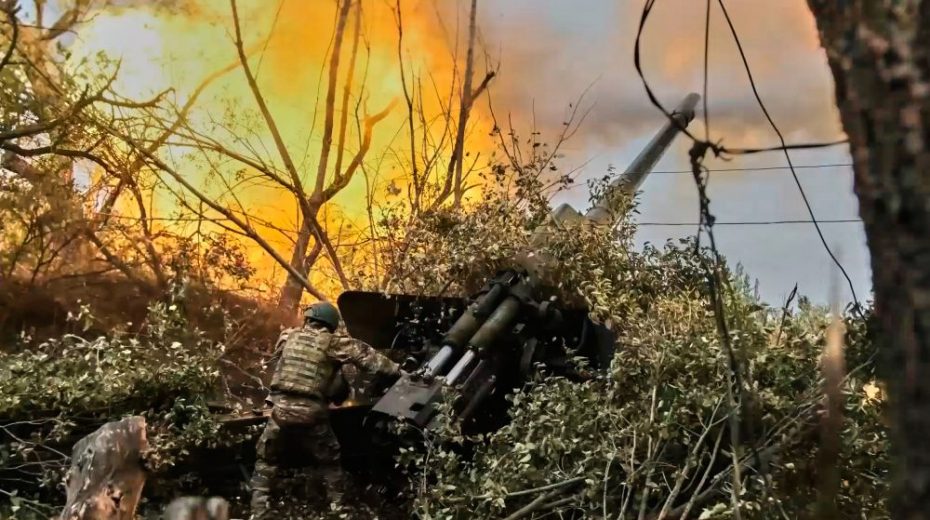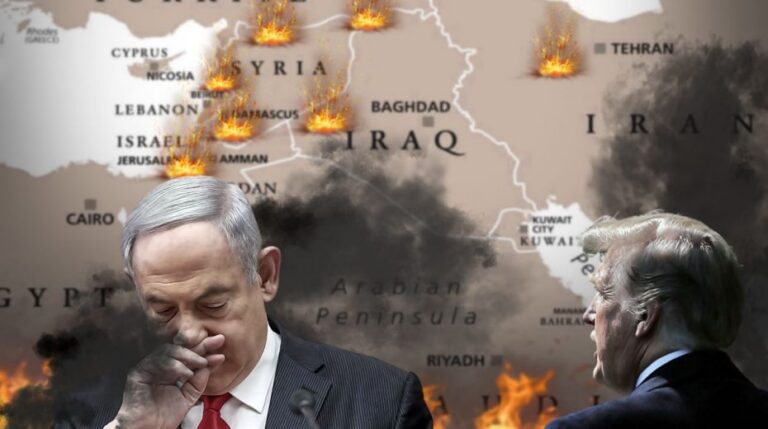
A fresh perspective has emerged: Ukraine is no longer viewed as losing. According to this viewpoint, Ukraine’s deep strike capability, combined with Russia’s impending economic and demographic crisis, has created a situation that could push Russia toward accepting terms more favorable to Ukraine and the West. This outlook has led Washington to consider enhancing Ukraine’s deep strike arsenal with Tomahawk missiles, and President Donald Trump has even speculated that Ukraine could restore its prewar boundaries. However, since Russia has maintained its attritional approach while also boosting its own deep strike capabilities, it is important to consider the obstacles in reaching this goal.
The U.S. administration has fluctuated between a more conciliatory and a confrontational posture regarding Russia in efforts to resolve the conflict in Ukraine, and this rhetorical shift may represent another phase in Trump’s attempt to broker a deal. Even so, significant hurdles persist.
Nonetheless, Ukraine is engaged in a war of attrition. Its advantages allow for temporary advances, such as in the 2022 Kharkiv and 2024 Kursk counteroffensives, but cannot reverse the broader trends. Russia retains a 2:1 artillery advantage according to Ukraine’s estimates and significantly outproduces NATO in many deep strike systems. Firepower is critical in a conflict dominated by trench warfare rather than maneuvering. This explains why Russia can endure economic sanctions and constant attrition: the long-term fundamentals favor Moscow, even if it struggles in rapid engagements.
Additionally, Ukraine faces challenges not only in materiel but in human resources as well. The country has been striving to conserve its young population to aid post-war recovery, resulting in conscription focusing on middle-aged men. Under such restrictions, Ukraine appears to have reached its recruitment limits. For more than a year, it has even been retaining amputee soldiers. Infantrymen who lose limbs or sight in combat might be reassigned to tasks like equipment maintenance or tank operations.
Russia’s gradual westward advance might accelerate as Ukraine’s manpower dwindles. Ukraine’s personnel constitute its strategic lifeblood; the country cannot secure all fronts indefinitely. As troops diminish, fewer soldiers remain to hold current lines. Presently, certain front sections are guarded by landmines to compensate for Ukraine’s numerical disadvantage.
However, should this shift represent a genuine policy reversal, the United States still confronts tough decisions.
Primarily, the U.S. has acquired an economic interest in Ukraine following the recently approved mineral rights agreement between the two nations. As Russia advances further west into the Donbas, much of the valuable minerals claimed by the U.S. could fall under Russian control. Since attritional warfare benefits Russia over time, extending the conflict increases the risk of losing more ground to Moscow.
The present method of assisting Ukraine involves European allies acting as intermediaries to finance American weapons shipments to Ukraine. This strategy aims to weaken Russia while supporting the U.S. defense industry economically. Yet, pursuing this path bears costs.
If Europe channels defense spending primarily into purchasing American arms for Ukraine, it limits its capacity to develop its own defense capabilities. Consider the recent Russian drone incursions in Estonia and Poland—highlighting NATO’s ongoing deficiencies in swiftly detecting and economically securing its airspace. Upgrading these gaps strengthens NATO’s defense and grants the U.S. greater latitude to reduce its European commitments. Encouraging European reliance on American military support might cost more than the benefits gained from foreign arms sales.
In addition, estimates suggest Russia could rebuild its military forces within five years after the war, highlighting Europe’s need to establish credible deterrence. True deterrence depends on the potential to exert power, not just its use. Inflicting harm on Russia provides no lesson by itself; rather, deterrence arises when Russia fears the consequences NATO could impose. This underscores the necessity of a stronger European industrial base and closer alliance integration within Europe. Pursuing Europe’s strategic independence offers the best way for the U.S. to escape a perpetual commitment.
Lastly, American economic influence is unlikely to alter Russia’s resolve in Ukraine. Russia regards Ukraine as fundamental to its national interests in the same way the U.S. would react to China forging a military alliance in Mexico. Economic sanctions cannot deter such strategic imperatives. Moreover, sanctions have failed to diminish Russia’s willingness to continue the war over the past three years. In practice, they have accelerated the global reduction of dollar reserves, which directly weakens American purchasing power.
The United States may find opportunity in the current stalemate by focusing on promoting European strategic autonomy. The greater the capability NATO allies develop, the easier it will be for the U.S. to consider disengagement. The principle of America First means prioritizing American interests. Europe should be motivated to advance its own interests.
Original article: RealClearWorld




